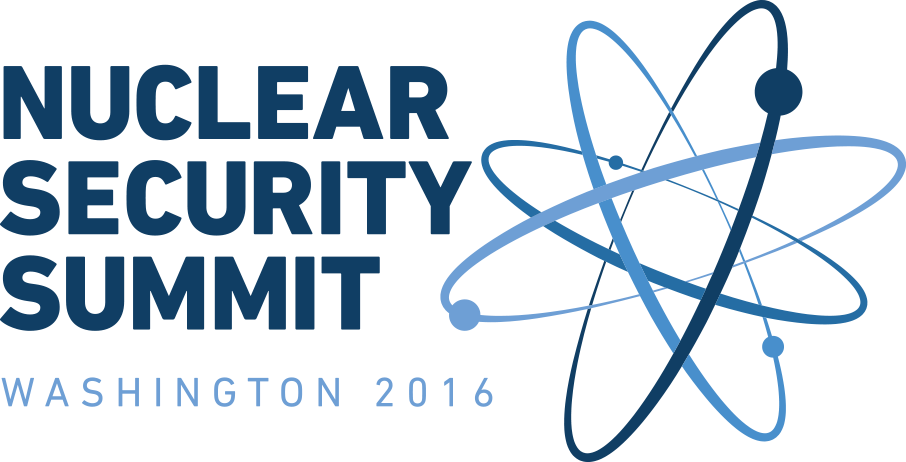Fact Sheet: EU-US Exchange
/U.S.-Euratom Understanding on Highly Enriched Uranium Exchange
The United States and the European Commission share a commitment to minimizing the use of highly enriched uranium (HEU) in civilian applications.
At the 2016 Nuclear Security Summit, the U.S. Department of Energy (DOE) and the European Commission’s Euratom Supply Agency (ESA) announced the details of a Memorandum of Understanding (MOU) outlining the principles of an HEU Exchange. This understanding notes the mutual support for converting European research reactors and isotope production facilities to low enriched uranium (LEU) fuel and targets, where technically and economically feasible, while also acknowledging that HEU will be required during the transition period to conduct research and to produce medical isotopes. The MOU outlines that, in exchange for U.S.-origin HEU supplied to research reactors and isotope production facilities in Euratom Member States, Euratom – in addition to meeting other U.S. legal requirements - will identify unirradiated, excess HEU that can be down-blended to LEU either in Euratom Member State facilities or in the United States, and will make efforts to return any such acceptable material to the United States. The quantity of this excess material is to be greater than the quantity of HEU that eligible civilian facilities in Euratom Member States expect to receive from the United States in the future, prior to their conversion to LEU. This agreement is a key component of the U.S. policy of net reduction of U.S.-origin fissile material located in other countries.
The HEU Exchange Understanding involves contributions and participation from the United States, ESA, the United Kingdom, Belgium, France, and the Netherlands. These countries have now mutually identified the relevant materials and share a common view on the efforts and contributions that will be required by each of them to implement this exchange, so as to achieve the intended HEU minimization objective.

